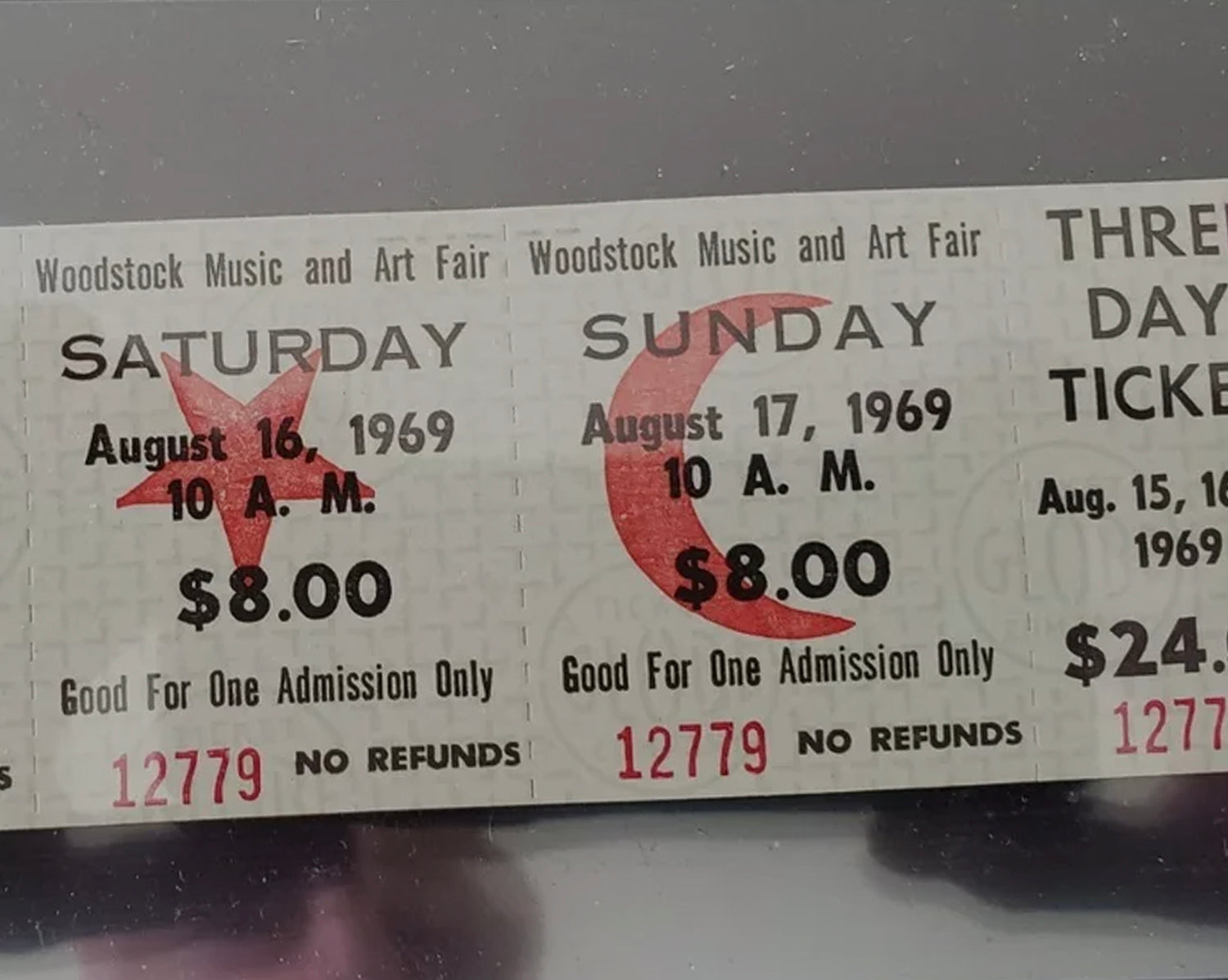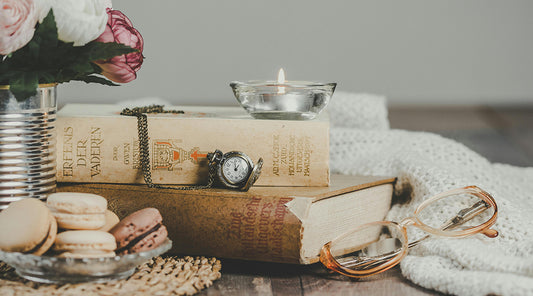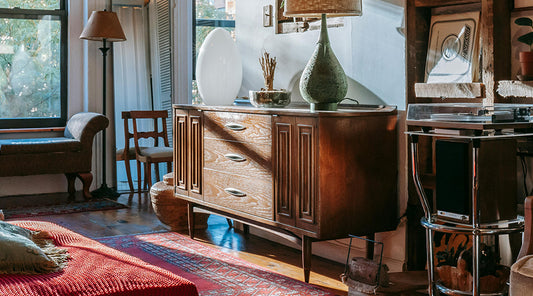
Vintage Buying Guide: Tips for Finding Treasures of the Past
Buying vintage items can be an exciting adventure, but also a treacherous challenge. Between flea markets and online auctions, the search for the perfect piece requires a keen eye and a good dose of knowledge. Unfortunately, it is not uncommon to come across dishonest dealers or counterfeit pieces .
In this guide, we’ll help you navigate the world of vintage shopping, providing valuable tips to help you price your vintage items correctly and get the best price without getting ripped off.
Ready to become an expert vintage treasure hunter?
Understanding the Difference Between Vintage and Antique
First of all, it is essential to understand what "vintage" means. The term refers to objects that are at least twenty years old , but less than one hundred years old. Unlike antiques, which include older pieces, vintage evokes relatively recent eras, such as the 1950s, 1960s, and 1970s. Knowing this distinction will help you correctly identify objects and avoid scams. The appeal of vintage objects lies in their unique character and their ability to tell a story.
Do In-Depth Research
Knowledge is your best defense against bad purchases. Before making a purchase, research the era, style, and materials of the item. Use online resources, read books, and consult specialized magazines to deepen your understanding. For example, if you are looking for a vintage chest of drawers, learn about the designers of the era and the materials used. The more informed you are, the better able you will be to recognize a real bargain.
If you need a consultation for the evaluation, fill out the form with all the information about your object and we will contact you!
Useful resources
- Specialized websites
- Books and magazines about vintage
- Forum for enthusiasts and collectors
Please carefully examine the Item Conditions
The condition of vintage items can vary greatly. When examining a piece, pay attention to signs of wear, previous repairs, or damage. A natural patina can add charm, but you need to consider whether the flaws detract too much from aesthetics or functionality. Learn to distinguish between acceptable signs of wear and serious flaws that reduce the value of the item.
For example, a small scratch on a vintage turntable might be acceptable, while a deep scratch on the platter could compromise its use.
Verify Authenticity
Look for identifying marks such as brands and signatures
Authenticity is crucial. Look for marks, signatures, or labels that attest to the originality of the object. In many cases, manufacturers of vintage furniture and accessories have labels or distinctive marks. If possible, ask for certificates of authenticity or documentation that confirms the provenance. Do not hesitate to seek advice from experts or more experienced collectors.
Alternatively, taking a photo of the item and uploading it to Google can sometimes provide accurate and comprehensive information. There are also professional appraisal services that can help you determine the authenticity of a piece.
Set a Budget
Setting a budget will help you focus on items you can afford without going overboard. Vintage items can vary greatly in price, depending on rarity, condition, and demand. Set a spending limit and try to stick to it. Don’t be tempted to make impulse purchases that could ruin your finances. Remember that part of the fun of buying vintage is the bargain hunting.
Frequents Markets and Antique Shops
Flea markets and antique shops are great places to find unique vintage items. Attending these events allows you to see and touch the items in person, negotiate prices, and discover items you won't find anywhere else.
Tips for doing good business
- Get to the markets early so you don't miss out on the best items.
- Bring a list of items you track, it will help you focus your attention only on what you are looking for.
- Give yourself a budget on which to negotiate in your favor
Trusting Your Own Taste
Finally, follow your personal taste. The vintage items you choose should reflect your personality and style. Don’t feel pressured to follow trends or other people’s opinions. If an item appeals to you and makes you feel good or unlocks some emotion, well then that’s the right item for you.
Remember that the true beauty of vintage lies in its uniqueness and not in trends!
Conclusion
Buying vintage is an exciting adventure that allows you to own unique pieces full of history. With this guide, we hope to have provided you with the tools you need to make informed and satisfying purchases. At Dispensa Vintage, we are passionate about all things vintage and are here to help you find treasures from the past that will make your collection or home unique.










